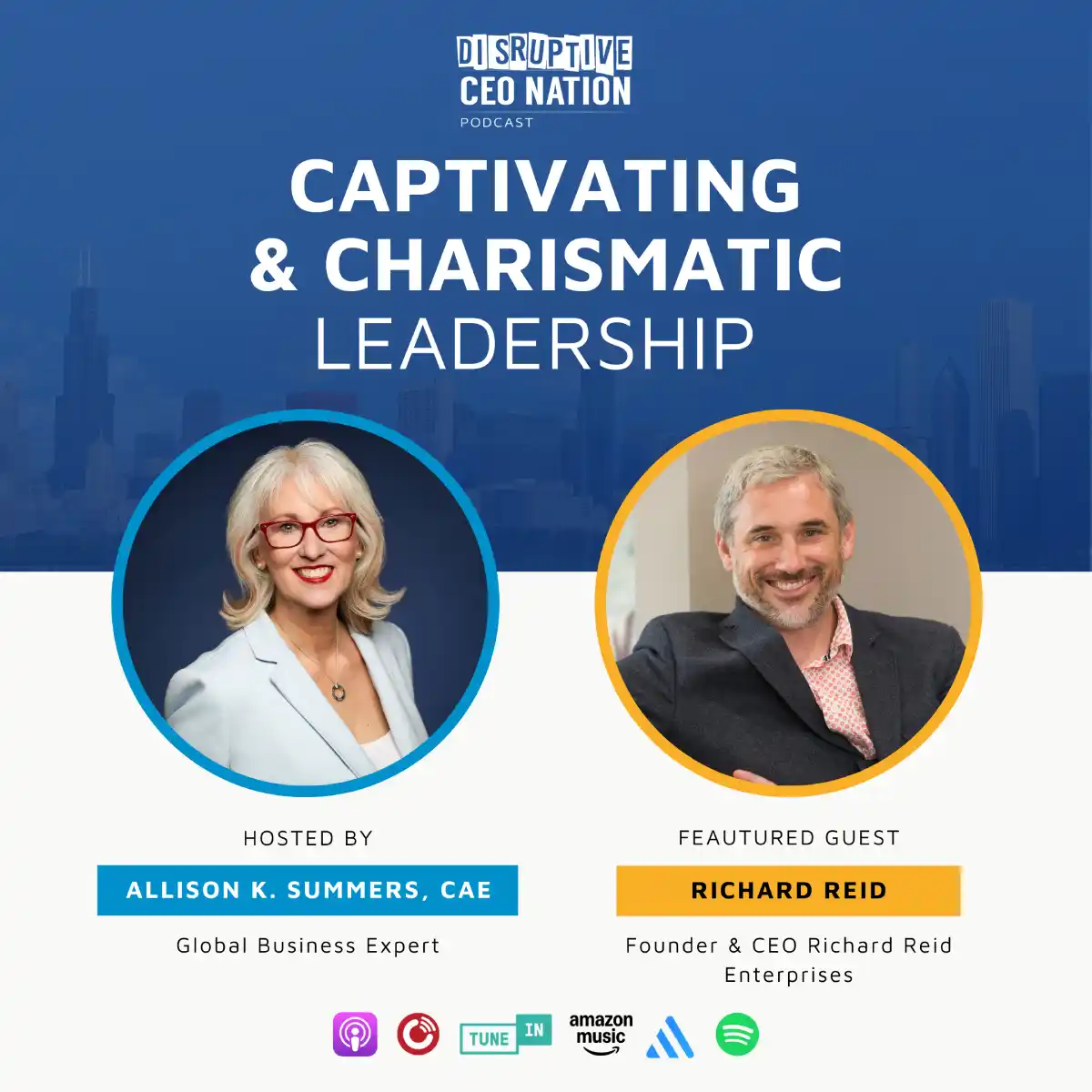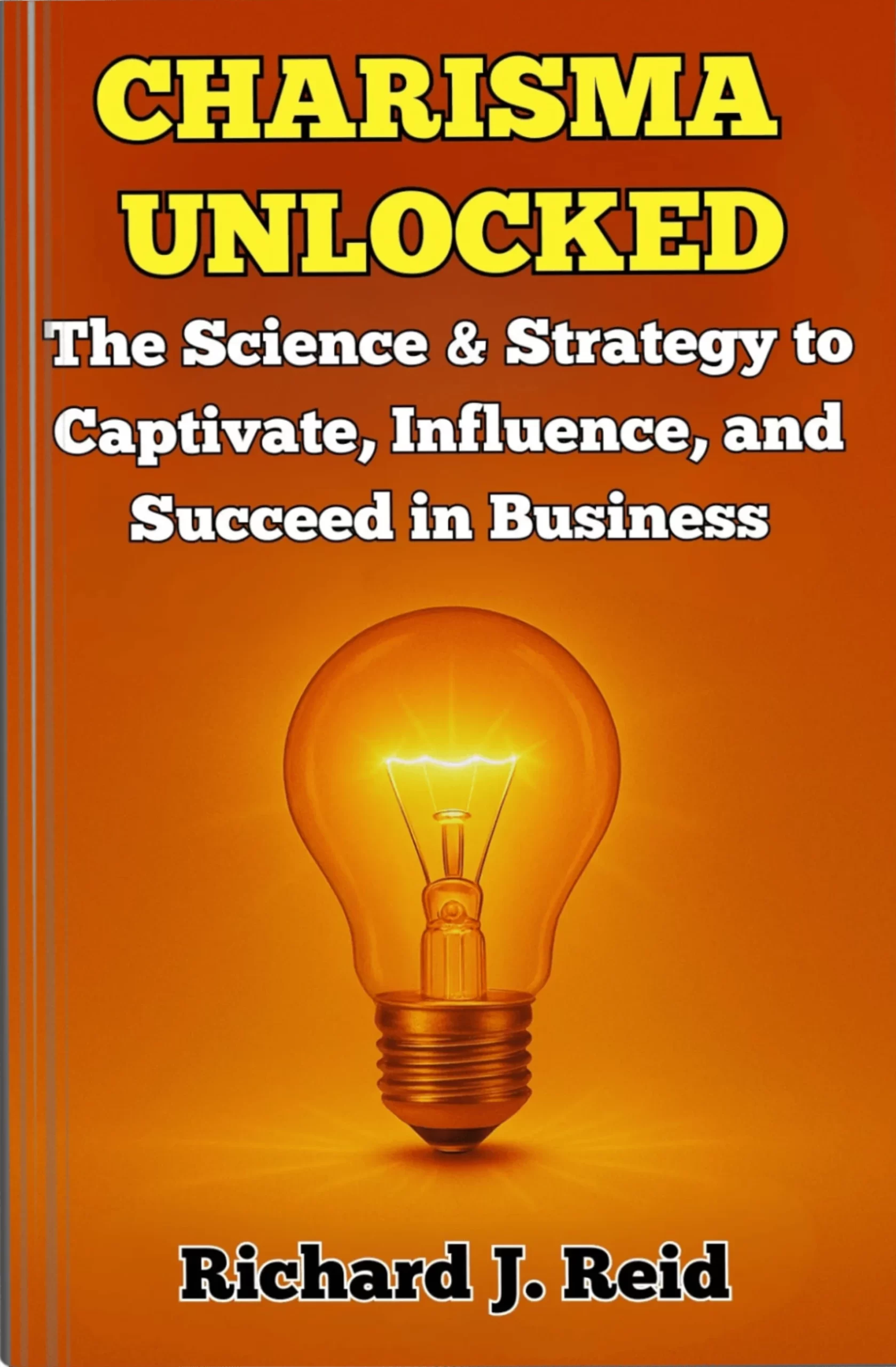Executive Summary
In today’s complex and demanding business landscape, effectively utilizing one’s inner resources has become crucial for professional success and personal well-being. This comprehensive guide for professionals delves deep into the concept of inner resources—the psychological, emotional, and cognitive assets that individuals can leverage to enhance their performance, resilience, and overall effectiveness in the workplace.
1. Introduction
1.1 The Evolving Business Landscape
Rapid technological advancements, global interconnectedness, and unprecedented competition characterize the 21st-century business environment. In this context, traditional skills and knowledge alone are no longer sufficient to ensure professional success.
1.2 The Role of Inner Resources
Inner resources refer to the internal capacities and strengths that individuals possess. These resources can be cultivated and applied to various aspects of their personal and professional lives. They serve as a foundation for resilience, creativity, and sustained high performance, empowering you to handle challenges and perform at your best.
2. Understanding Inner Resources
2.1 Defining Inner Resources
Inner resources encompass a wide range of personal attributes, skills, and capacities, including:
- Emotional Intelligence (EI)
- Resilience
- Self-awareness
- Creativity
- Mindfulness
- Self-efficacy
2.2 The Importance of Inner Resources in the Business World
Research has consistently demonstrated the significant impact of inner resources on professional success and organizational performance. This includes improved leadership, job performance, decision-making, innovation, and workplace outcomes. Understanding and leveraging these resources can make you a more informed and knowledgeable professional.
3. Strategies for Harnessing Inner Resources
3.1 Developing Emotional Intelligence
3.2 Building Resilience
3.3 Enhancing Self-awareness
3.4 Fostering Creativity
4. Practical Tips for Efficient Use of Inner Resources
This section provides detailed guidance on implementing these tips in your daily professional life.
4.1 Prioritize Self-care
A comprehensive self-care routine is crucial for maintaining physical, emotional, and mental well-being. This involves:
- Establishing a regular exercise routine (e.g., 30 minutes of moderate exercise 5 days a week)
- Maintaining a balanced diet rich in nutrients
- Ensuring adequate sleep (7-9 hours per night for most adults)
- Practicing stress-reduction techniques such as deep breathing, progressive muscle relaxation, or yoga
- Setting boundaries between work and personal life to prevent burnout
- Scheduling regular health check-ups and addressing any health concerns promptly
4.2 Implement Daily Reflection
Establishing a structured reflection practice using the “What? So What? Now What?” model can significantly enhance self-awareness and learning. Here’s how to implement it:
- What?: Describe what happened objectively. Write down key events, interactions, or observations from your day.
- So What?: Analyze why it’s significant and what you learned. Consider the implications of these events and your reactions to them.
- Now What?: Determine how you’ll use this insight going forward. Based on your reflections, develop action plans or set intentions.
Allocate 10-15 minutes each day for this practice, preferably at the same time to build a habit. Use a journal or digital tool to record your reflections and track patterns over time.
4.3 Develop a Personal Mission Statement
Crafting a clear and concise personal mission statement aligns your daily actions with your values and long-term goals. Follow these steps:
- Identify your core values and what truly matters to you in your career and life.
- Reflect on your strengths, passions, and the impact you want to make.
- Write a draft statement that encapsulates your purpose and guiding principles.
- Refine your statement over time as your goals and values evolve.
- Use your mission statement as a guide for decision-making and goal-setting.
Example: “To use my creative and analytical skills to develop innovative solutions that improve people’s lives while continuously learning and growing as a professional and individual.”
4.4 Practice Time-blocking
Utilize time management techniques like the Pomodoro Technique to optimize focus and productivity:
- Choose a task to work on.
- Set a timer for 25 minutes (one “Pomodoro”).
- Work on the task until the timer rings.
- Take a short 5-minute break.
- After four Pomodoros, take a longer 15-30 minute break.
Additionally:
- Allocate specific time blocks for different types of tasks (e.g., creative work, meetings, email).
- Use digital tools or a physical planner to schedule and track your time blocks.
- Review and adjust your time-blocking strategy regularly for optimal productivity.
4.5 Engage in Continuous Learning
Develop a personalized learning plan that includes:
- Formal education: Consider pursuing relevant certifications or advanced degrees.
- Skill-building workshops: Attend seminars or webinars on topics relevant to your field.
- Self-directed study: Read industry publications and books or take online courses.
- Set aside time each week for learning activities (e.g., 2-3 hours).
- Join professional associations or attend conferences to stay updated on industry trends.
- Seek out mentors or coaches to guide your professional development.
- Apply new knowledge immediately in your work to reinforce learning.
4.6 Cultivate Positive Relationships
Building a diverse network of mentors, peers, and supporters is essential for professional growth:
- Identify critical relationships to nurture (mentors, colleagues, industry contacts).
- Schedule regular check-ins or coffee chats with these individuals.
- Offer support and assistance to others in your network to foster reciprocal relationships.
- Participate in or organize networking events within your organization or industry.
- Use social media platforms like LinkedIn to maintain and expand your professional network.
- Practice active listening and empathy in your interactions to build stronger connections.
4.7 Utilize Strength-based Approaches
Leveraging your core strengths can lead to increased engagement and performance:
- Conduct a strengths assessment using tools like StrengthsFinder or VIA Character Strengths.
- Analyze the results to identify your top strengths.
- Design your work around your core strengths by seeking out projects or responsibilities that align with them.
- Communicate your strengths to your manager and team to ensure you’re utilized effectively.
- Partner with colleagues whose strengths complement yours for more effective collaboration.
- Regularly reflect on how you’re using your strengths and look for new opportunities to apply them.
4.8 Implement Energy Management Techniques
Managing your energy levels is crucial for sustained high performance:
- Map your energy levels throughout the day to identify your peak productivity periods.
- Schedule high-priority or complex tasks during your peak energy times.
- Use lower energy periods for routine tasks or activities that help recharge you.
- Take regular breaks, including short walks or stretching exercises, to maintain energy levels.
- Practice the “50-10” rule: 50 minutes of focused work followed by a 10-minute break.
- Identify and minimize energy drains in your work environment or daily routine.
4.9 Practice Gratitude
Incorporating gratitude into your daily routine can improve well-being and resilience:
- Maintain a gratitude journal, writing down three things you’re grateful for each day.
- Start meetings with a brief gratitude-sharing session to foster a positive team culture.
- Express appreciation to colleagues for their contributions or support.
- Reflect on challenges and identify the learning opportunities or silver linings they present.
- Practice mindful gratitude by fully experiencing and appreciating positive moments throughout your day.
- Send thank-you notes or messages to people who have positively impacted your work or life.
4.10 Develop a Growth Portfolio
Creating a growth portfolio helps track your professional development and identify areas for improvement:
- Create a digital or physical folder to document your learning experiences, achievements, and areas for improvement.
- Include certificates, project outcomes, feedback received, and personal reflections.
- Organize your portfolio into categories (e.g., skills developed, projects completed, learning experiences).
- Review your growth portfolio regularly (e.g., quarterly) to track your professional growth and identify patterns or areas for development.
- Use insights from your portfolio to guide your goal-setting and career planning.
- Share relevant parts of your portfolio during performance reviews or job interviews to demonstrate your growth and achievements.
5. Overcoming Barriers to Utilizing Inner Resources
5.1 Common Barriers
5.2 Strategies for Overcoming Barriers
6. Case Studies: Successful Application of Inner Resources in Business
7. Conclusion
Harnessing inner resources efficiently and effectively is a critical competency for success in the modern business world. Business professionals can significantly enhance their performance, well-being, and career satisfaction by implementing the practical tips and strategies outlined in this guide.
Remember that mastering the use of inner resources is an ongoing journey. Consistent practice and application in real-world situations are crucial to developing these internal assets. By committing to this process, you’ll be better equipped to navigate challenges, seize opportunities, and make meaningful contributions to your organization and industry.










